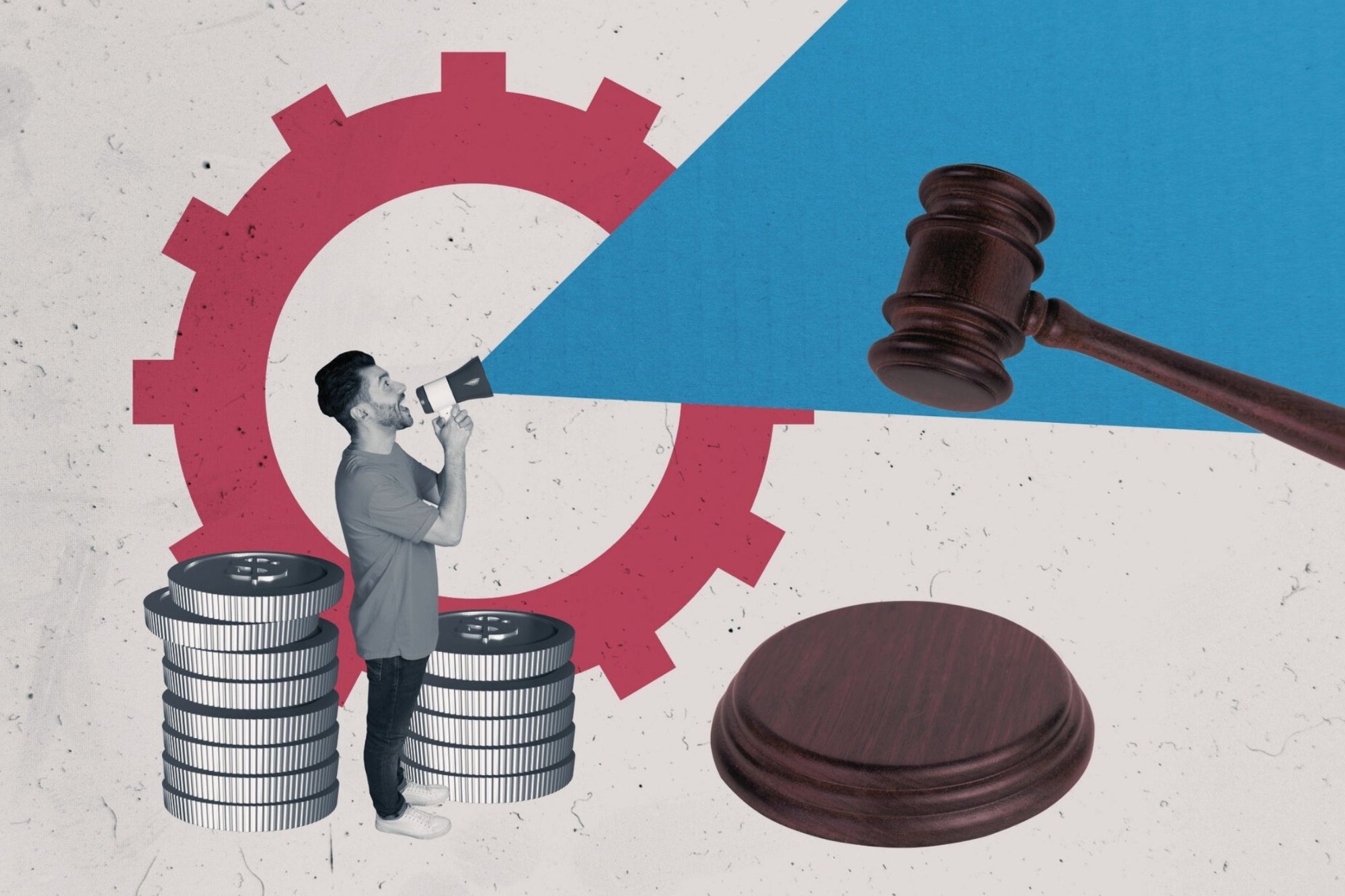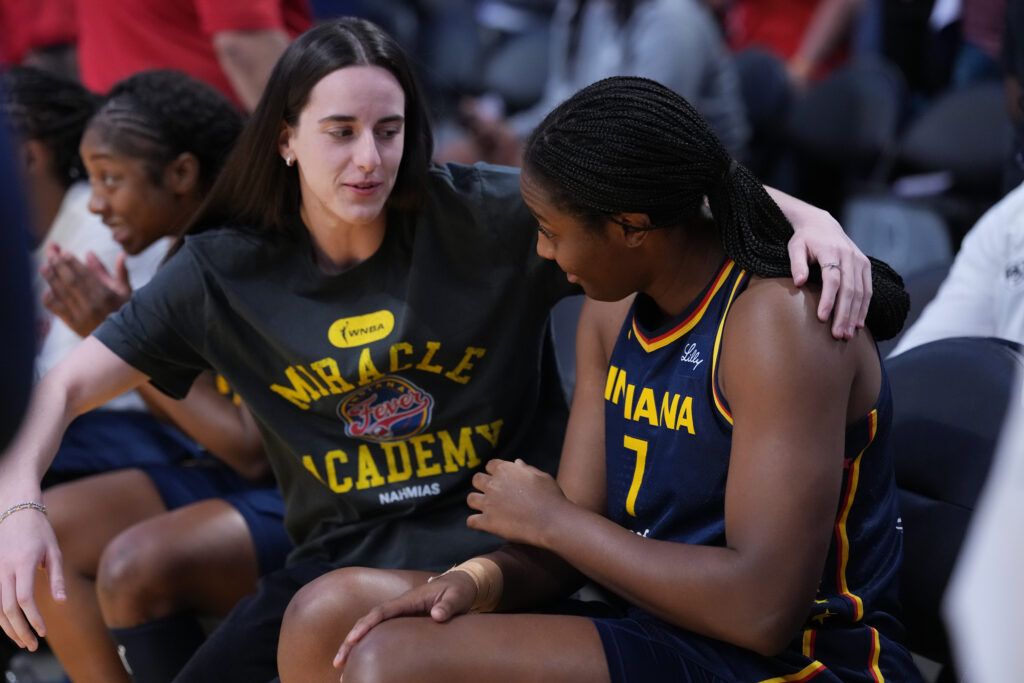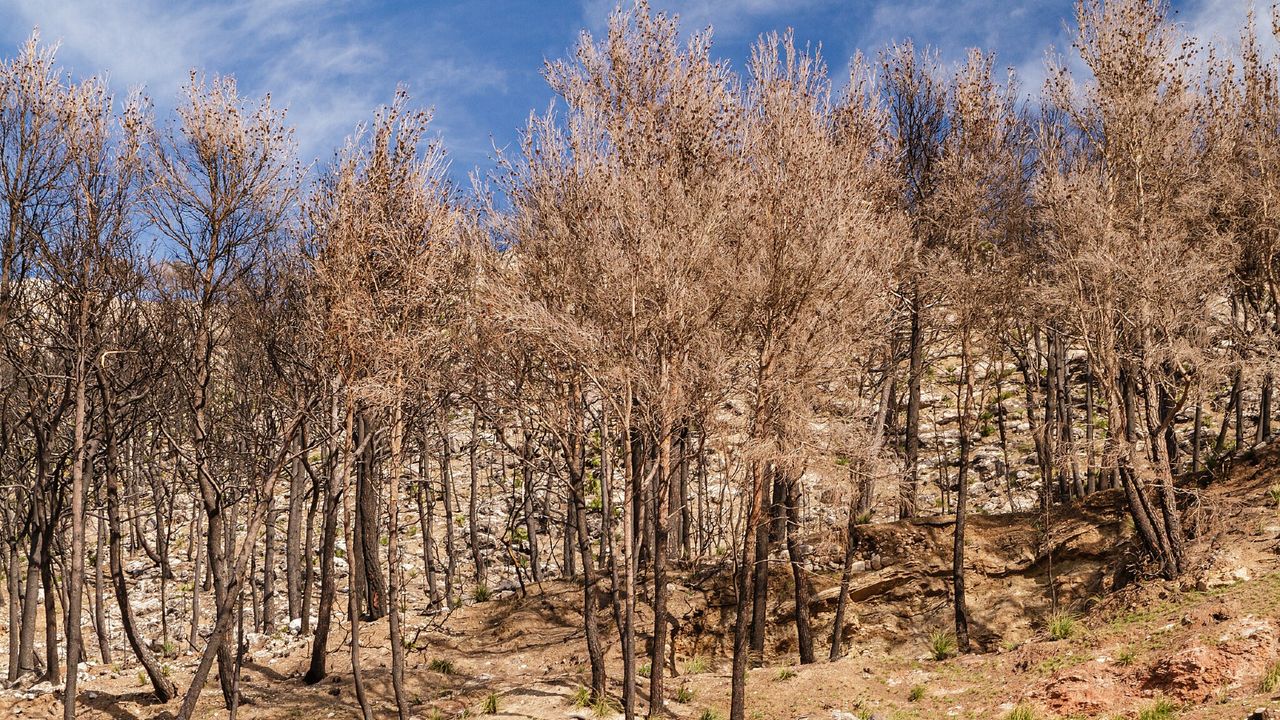Dear Bella,
I’m going to imitate Rudyard Kipling and tell you a just-so story. Kipling was one of the most popular writers in the world 100 years ago. He wrote The Jungle Book. And also Just So Stories, which began as bedtime stories he told his daughter Josephine. They were about how animals got their famous features, like the camel’s hump and the leopard’s spots. Kipling was a wonderful writer but he made up his animal stories. My story is based on science, which means many people, through many recent experiments, have concluded things might “just so” be the way of this story.
It’s also a story about evolution, which is nature’s research and development department. Like Kipling, I’ve given a human voice to certain things: Bacteria form committees and petition the research and development department for answers to their problems, as do plants and dinosaurs. And the R&D department (which is to say, evolution) tries to come up with solutions. I’m going to call evolution “Mr. R&D.” When he finds a problem, Mr. R&D tests things out in different ways to come up with a solution. But sometimes those solutions have unforeseen consequences. So here we go!
How did birds get such great lungs? They inherited them from dinosaurs. But why did dinosaurs have them?
Once upon a time, on a cold day in January, I was jogging through Regent’s Park in London, stepping carefully through flocks of geese, seagulls, pigeons, and ducks surrounding the boating lake. But, perhaps because of the book I had just been reading (Nick Lane’s Oxygen) my eye picked out a couple of geese that were strangers in this flock: Bar-headed geese, a boy and a girl.
But what were they doing in London in January? During the winter, they usually live in the middle of India, and in the summer they live in Kazakhstan or Mongolia. If you look at a map of the Earth, you can see the barrier between Kazakhstan and India is the Himalayan Mountain Range, the tallest in the world. Every year, millions of bar-headed geese migrate over the Himalayas and have been doing so for millions of years. They have been seen flying at 28,000 feet. They have flown over Mount Everest! How do they do that?
The answer seems to be that bar-headed geese, like all birds—hummingbirds, ostriches, pigeons—have super-efficient lungs. It makes our lungs—and the lungs of all mammals—look primitive. I’m sure when birds get together they gossip about how pathetic our lungs are!
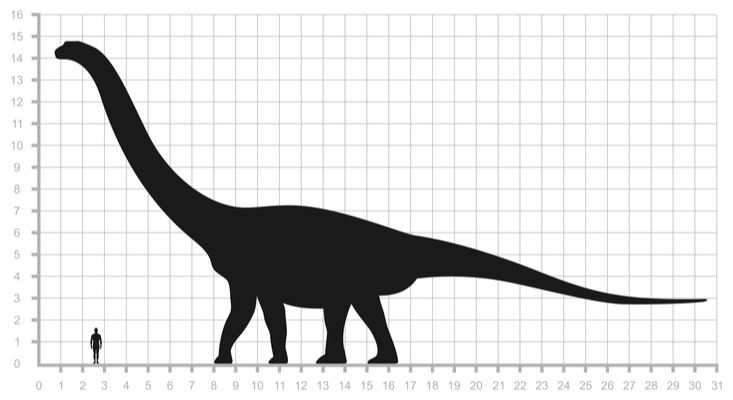
All mammals, including us, breathe in through the same opening that we breathe out. Can you imagine if our digestive system worked the same way? What if the food we put in our mouths, after digestion, came out the same way? It doesn’t bear thinking about! Luckily, for digestion, we have a separate in and out. And that’s what the birds have with their lungs: an in point and an out point. They also have air sacs and hollow spaces in their bones. When they breathe in, half of the good air (with oxygen) goes into these hollow spaces, and the other half goes into their lungs through the rear entrance. When they breathe out, the good air that has been stored in the hollow places now also goes into their lungs through that rear entrance, and the bad air (carbon dioxide and water vapor) is pushed out the front exit. So it doesn’t matter whether birds are breathing in or out: Good air is always going in one direction through their lungs, pushing all the bad air out ahead of it.
How did birds get such great lungs? They inherited them from dinosaurs. Birds are dinosaurs! When I was growing up in the 1940s, there was a category in biology called Aves, which meant birds. But scientists have now folded Aves into a category called Dinosauria, and those dinosauria, like pigeons and seagulls and geese, are flying all around us today. If you want to know what a dinosaur probably tasted like, eat some chicken!
Plants on land had to be happy sticking like moss to the surfaces of rocks. But they clearly resented this.
So, dinosaurs had this super-efficient lung system, and they successfully strode the Earth as the dominant species, starting around 250 million years ago to about 65 million years ago, when a huge asteroid crashed into Mexico and most of them went extinct. Except for birds. But why did dinosaurs have this super lung system in the first place?
To answer that, we have to go way back, to when plants came out of the ocean onto land, about 450 million years ago. Earlier than that, plant life lived only in the ocean: The surface of the Earth was a desert.
Seeing an opportunity, some pioneer plants got together and said, “Let’s go!” and migrated up onto land. But once the plants got out of the water, they discovered something they never had to deal with in the ocean: gravity. In the ocean, if you’re a plant, you can just float, because the density of a plant is not that different from water. Out of the ocean, the density of a plant is much greater than air, and so gravity can pull it down.
So for many tens of millions of years, plants on land had to be happy sticking like moss to the surfaces of rocks. But they clearly resented this, and decided to form a committee to request an exemption from Mr. R&D.
Mr. R&D: Hello. What’s your problem?
PC: Our problem is gravity. We never had to deal with it in the ocean, and it’s a problem for us on land.
Mr. R&D: Why is gravity a problem for you?
PC: We want to do what we did in the ocean, which is absorb lots of sunlight, and the best way to do that is to have a long stalk, and then to have branches with leaves at the end of the branches and maximize our potential to absorb sunlight.
MR. R&D: I understand what you want, but it will take me some time. Come back in a million years or so.
The plants twiddle their thumbs for a million years.
PC: OK, a million years is up! Did you manage to discover something?
Mr. R&D: Yes, let me see, I think I have it in the drawer. Here it is: lignin.
PC: What’s lignin?
Mr. R&D: It’s a rigid molecule made of carbon and hydrogen. If you absorb it into the cells of your body, it will interact with the molecules of floppy cellulose you already have, and this will create a very firm structure that will allow your cells to become like bricks. You can then stack one cell upon the other, and you can go as high as you want.
PC: How high?
Mr. R&D: Over 300 feet.
PC: Wow!
So the plants happily swallowed the lignin, and sure enough, it worked exactly as Mr. R&D said, and within a short time stalks, trunks, branches, roots, leaves began popping up all over the Earth.
The only problem was that when one of these trees reached the end of its natural life, bacteria and fungal spores got ready to decompose it, sharpening their knives. But when they got to the lignin, their knives stuck: They couldn’t digest the lignin. The very thing that made lignin strong defeated the bacteria and fungi back then. So, they did what we do when we eat a chicken dinner: They ate all the meat and left the bones, which is to say: the lignin.
Eventually another tree would die and fall on top of the first, and then the same thing would happen again, and another and another, and it kept going like this for hundreds of thousands, millions, tens of millions of years. In the end, over 100 million years of dead trees and ferns and undigested lignin were deposited under the surface of the Earth. We call the time when most of this happened the Carboniferous (carbon-making) age.
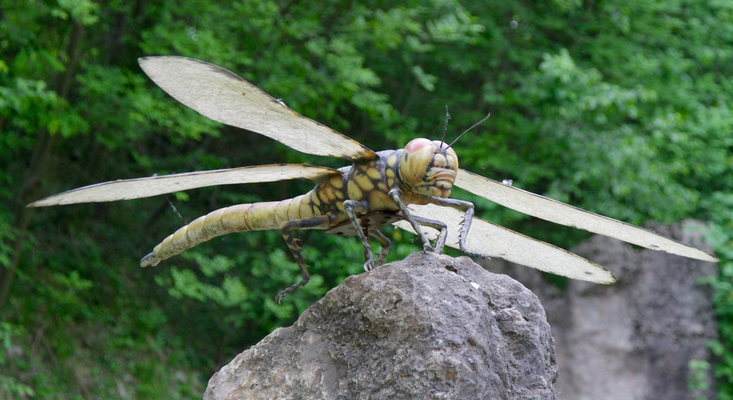
Remember how evolution sometimes has unforeseen consequences? Well, this deposit of lignin produced an oxygen surge in the atmosphere. Because for every hydrocarbon atom that goes into the Earth, an oxygen atom is not used up in the decay process. Massive amounts of carbon (lignin) were going into the Earth, so massive amounts of oxygen were building up in the atmosphere. Today, oxygen is 21 percent of the atmosphere. But around 300 million years ago, oxygen was well over 30 percent. There was so much oxygen that insects, who have very inefficient ways of breathing, were able to get huge. Dragonflies had a wingspan of three feet, millipedes were eight feet long. Amphibians—frogs and such—also have inefficient lungs, and they were able to get as big as dining room tables.
The microorganisms of the time eventually became aware of this surge in oxygen. The insects and the amphibians didn’t seem to care, because they were dependent on that rich source of oxygen. So the now-worried microorganisms got their committee (MC) together and went to see Mr. R&D.
Mr. R&D: Hello, what I can do for you?
MC: We think there is a dangerous situation developing, because oxygen levels have gotten higher every year and they might now be at 35 percent.
Mr. R&D: So?
MC: With indigestible lignin, there is nothing to keep it from continuing to go up.
Mr. R&D: I see your point, because at 43 percent a lightning strike will cause the entire atmosphere to ignite since it is so high in flammable oxygen. And the whole experiment of life on Earth will be over. Yes, I agree we have to do something. Give me a million years and I’ll see what I can do.
For a million years, oxygen levels continue to rise. The even more worried microorganisms come back to Mr. R&D.
Mr. R&D: The bad news is I don’t have anything physical to give you. But I can give you a koan.
MC: What’s that?
Mr. R&D: A koan is something you can think of that will help you in your situation. Here it is: “To receive you must first give.”
MC: What does that mean?
Mr. R&D: All I can tell you is: Think about it, and it will solve your problem.
So the microorganisms go away and debate about what this means for 10,000 years or so. Finally, there is one genius fungal cell that wakes up in the middle of the night and thinks, “I’ve got it!” For all of these 100 million years, since the invention of lignin, they had been trying to chew it, and they simply didn’t have the ability to do that: It is too hard and they were too soft.
But thanks to this Isaac Newton of a mushroom spore, they realized what they had to do. They had to give off a special chemical enzyme that dissolves the lignin and breaks it up into smaller pieces externally. And so they invented dry rot.
The decay process pulls oxygen out of the atmosphere and binds it to the hydrocarbons, releasing carbon dioxide (CO2) and water (H2O) as a result. This is what happens when wood burns (very rapid oxidation), when we digest food (moderate oxidation), and when organic material decays (slow oxidation).
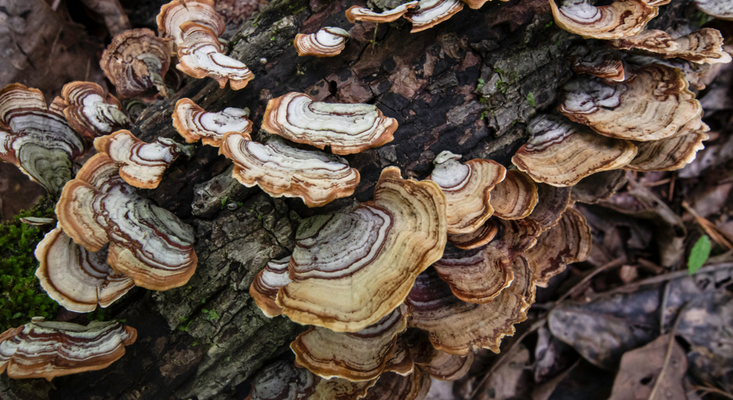
Once the secret of how to oxidize lignin was understood, fungal spores and bacteria began to break down all the dead wood that was not already fossilized, using up oxygen in the process, and so the level of oxygen in the atmosphere began to decline rapidly. It went from a high of above 30 percent during the Carboniferous Period (300 million years ago) to around 12 percent at the end of the Permian Period (250 million years ago). This was bad news for most of the life on Earth, because it had gotten addicted to this abnormally high oxygen level. Ninety-five percent of all life on Earth died—strangled by an atmosphere so low in oxygen. It was the largest extinction event in the history of life on Earth.
Some of the 5 percent of life forms that did manage to survive went to Mr. R&D and, using what breath they had left, said, “We need help to survive on this small amount of oxygen.”
Thanks to this Isaac Newton of a mushroom spore, they realized they had to give off a special enzyme.
And, 5 million years later, which is the time it took to design this very complicated thing, Mr. R&D came up with a lung system with both an entry point and an exit point, with hollow bones and air-sacs to temporarily store oxygenated air. It was super-efficient compared to any previous lung system and made the best use of the limited oxygen. The animals that received this gift from Mr. R&D were the dinosaurs.
Their new lungs were so efficient that when oxygen levels crept slowly back up to 20 percent over the next many tens of millions of years, dinosaurs were able to get very big—bigger than land mammals like elephants have ever gotten, or ever could get. The super-efficient lungs of many dinosaurs could deliver oxygen to every part of their massive bodies. And having hollow bones helped to reduce their overall weight. When birds evolved from dinosaurs they were able to make very good use of this super-efficient lung system. So that’s how dinosaurs got so big and why bar-headed geese can fly over the Himalayas!
The End.
Or that should be the end. But we have one more character to introduce, and that’s Mr. VCP (Very Clever Primate). About 400 years ago, Mr. VCP found that he could dig down below the surface of the Earth and extract this fossilized lignin, which had turned into coal—and burn it to release the energy that was trapped when it was first deposited. This allowed Mr. VCP’s civilization and population to grow at a phenomenal rate. It was a happy success story once upon a time. Now it has started to become a big problem.
Ninety percent of all the fossil fuels—coal, oil, gas—that we burn today were deposited during the Devonian, Carboniferous, and Permian periods. All that hydrocarbon is now being released into the atmosphere.
So Mr. VCP’s entire civilization is based on burning fossil fuels, which is the result of a quirk in the structure of lignin, and the inability of microorganisms—bacteria and fungi—of the very distant past to break it down. It’s a case of “global indigestion.” Which brings us to our big problem. By burning all these fossil fuels, Mr. VCP is releasing carbon dioxide into the atmosphere at a rate 500,000 times faster than it was deposited in the first place. This is causing the atmosphere of the planet to heat up so quickly that it will shortly be damaging, perhaps fatal, to Mr. VCP, unless his civilization figures out a solution.
So Bella, this is where we are now.
I think you know Mr. VCP is us. Maybe if we never started burning fossil fuel, civilization would have continued along the path it was traveling in Shakespeare’s time, 400 years ago. Back then, the whole world was using solar energy—it was just solar energy that was stored short-term: in the grain that we grew to make bread or the hay that horses ate to provide us with real horsepower. Sometimes the energy was not stored at all—we just enjoyed the heat of the sun to dry our vegetables and meat for storage; or the wind to blow the sails of the ships that crisscrossed the world’s oceans; or the water that had fallen as rain to turn the waterwheels to grind our grain. The longest solar storage was the wood (lignin!) in the trees that we cut down to burn for fuel or to make charcoal for blacksmiths to forge iron and steel. Those trees might have been 150 or 200 years old at most.
What can we do now about this problem? First, all of us need to recognize this really is a problem, and hope to convince people in powerful positions to do something about it. The difficult thing is that most old folks grew up thinking that oil, coal, and gas were great, and it is hard to teach old dogs new tricks. You are young and you can see the situation more clearly than older people can.
There are many good alternatives now to burning fossilized hydrocarbons. Windmills. Solar panels. Tidal power. Even some kinds of safe nuclear power like thorium reactors. Scientists are also working on inventions that can pull excess carbon dioxide right out of the atmosphere and turn it into limestone (to build things with: The Egyptian pyramids are made of limestone) or even turn it into fuel. But these inventions need to be scaled up quickly. They are sort of like where rockets were in the 1920s. But in 40 years men had ridden rockets to the moon!
The Earth is about due for another ice age*—with ice two miles thick over Boston, Chicago, Paris, and many other places. But that won’t happen now. There is already too thick of an atmospheric carbon dioxide blanket. We need to treat Earth like our body. We keep our temperature at 98.6. If we feel cold, we burn more “fuel” (food) and that warms us up. And if we get too hot, we perspire and that cools us down. If we’re smart, and organized, we might even be able to transform the Earth into a regulated-temperature planet. We could maintain it there for a long, long time to come, if we cooperate. To do that, we need a world agreement that this is what we are going to do, and then we can do it. This is worth working for!
With love, from Grandpa Walter in London
Walter Murch has been working in film for more than 50 years, as an editor, sound designer, writer, and director. He edited and sound-designed many films for Francis Coppola (The Godfather Trilogy, The Conversation, Apocalypse Now) and Anthony Minghella (The English Patient, The Talented Mr. Ripley, Cold Mountain). His interest in science can be seen in his editing of Mark Levinson’s film Particle Fever (2013), about the search for the Higgs Boson.
Lead image: Nitin Chandra / Shutterstock
Additional Reading
Beerling, D. The Emerald Planet: How Plants Changed Earth’s History Oxford University Press (2007).
Krulwich, R. “The Fantastically Strange Origin of Most Coal on Earth,” National Geographic (2016).
Lane, N. Oxygen: The Molecule That Made the World Oxford University Press (2003).
Ward, P.D., Out of Thin Air: Dinosaurs, Birds, and Earth’s Ancient Atmosphere Joseph Henry Press, Washington, D.C. (2006).
Ward, P.D. & Kirschvink, J. A New History of Life: The Radical New Discoveries About the Origins and Evolution of Life on Earth Bloomsbury Press, London, United Kingdom (2015).
*Correction: The article originally stated Earth was scheduled to return to another ice age in about 500 years, a miscalculation. Earth today has been in an “interglacial,” the period between ice ages, for approximately the past 11,000 years. The last four interglacials, according to the USGS, have lasted over approximately 20,000 years, “with the warmest portion being a relatively stable period of 10,000 to 15,000 years duration.”

